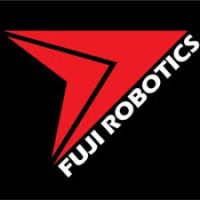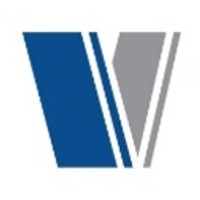
FUJI ROBOTICS
Fuji Robotics is the industry pioneer and leader in the robot palletizing market. The first to build palletizing robots (1982), Fuji has been the leader ever since. With over 15,000 installations worldwide Fuji offers some of the highest palletizing rates at the lowest total cost of ownership. Fuji’s Robots are designed specifically for the packaging and palletizing markets. Fuji’s Robots are designed specifically for palletizing, moving a case/bag from a conveyor to a pallet. With Fuji, you can pick from one of 40 on-board recipes, teach the pickup and release points of the first two layers and the robot will figure out the most efficient movements to build the pallet. Key Fuji Advantages • Ease of Programming - User friendly software (no laptops required). Menu-driven color touch screen for data input and pattern selection. • Up to 1600 cycles per hour – Utilizing a unique belt-to-ball screw design allows for fast, exact movements to meet the most demanding of applications. • 75% more energy efficient than major competitors – market specific design and energy-efficient motors result in the lowest energy usage in the industry. • Onboard programing and diagnostics –programing, inventory monitoring, fault history, PM schedule are all accessed from the large touch screen display. • High duty cycles – Fuji’s robots are designed for 24/7, 2-3 shift operations. Fuji is laser focused on the packaging market. Our designs, support and future are all concentrated in the packaging market. Our single focus assures Fuji will continue to lead the industry. For additional information and to request a Fuji professional review please contact us at 847-264-8409 or email us @ [email protected] www.fujirobotics.com.






